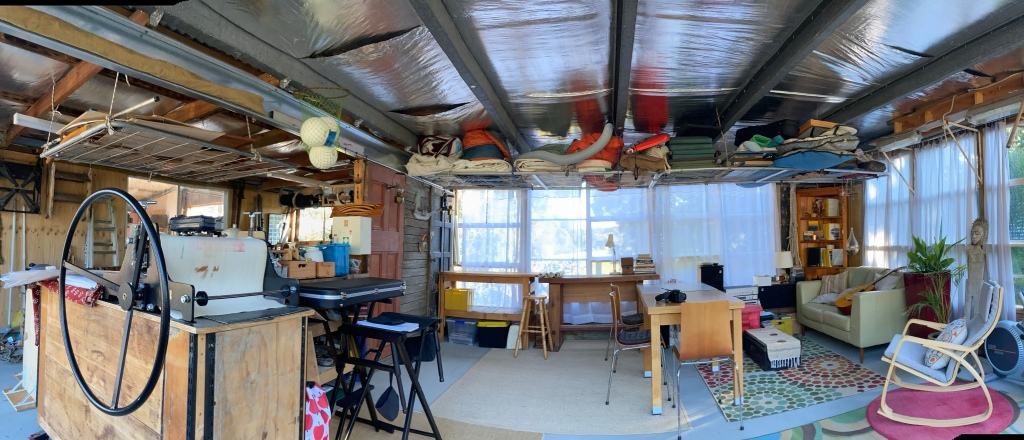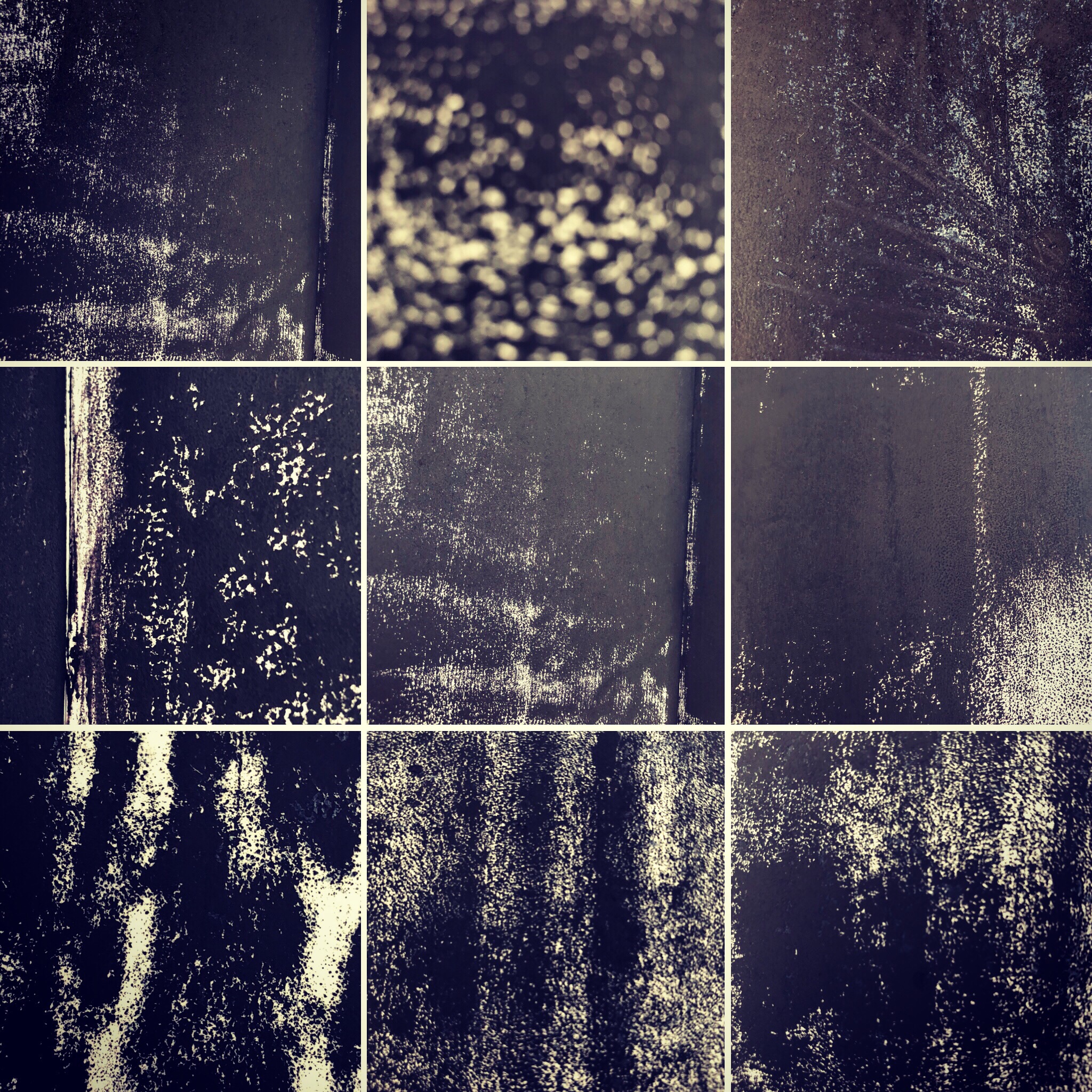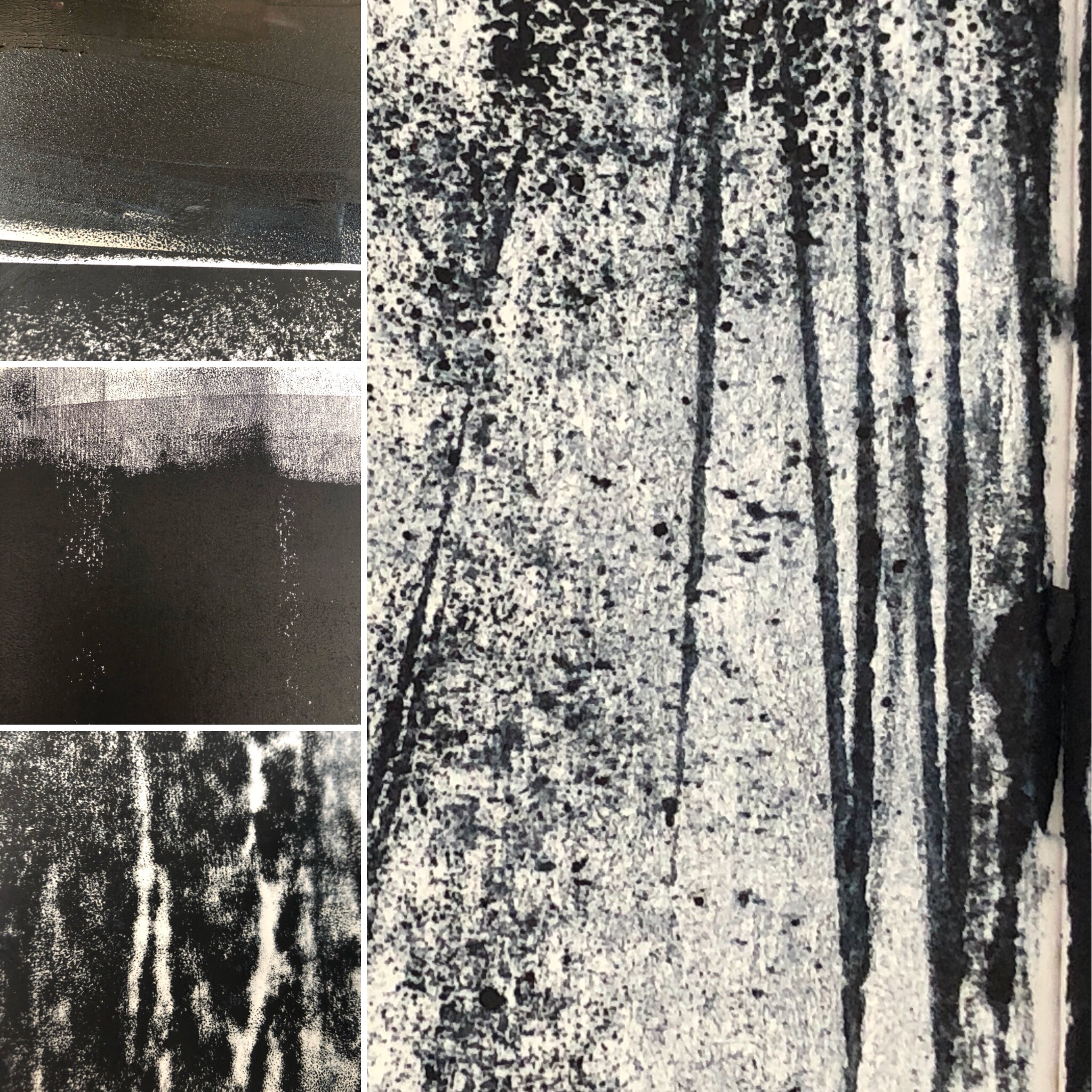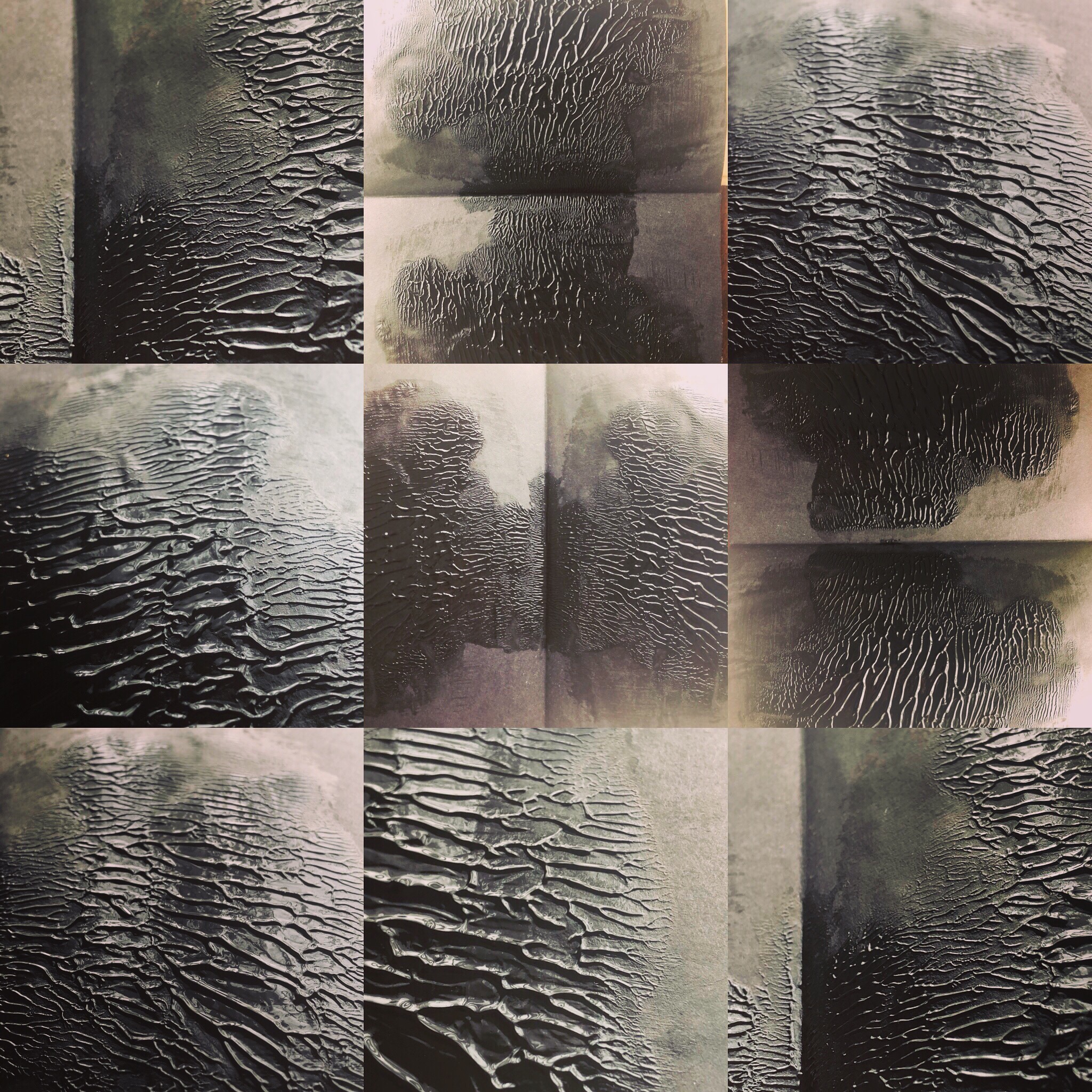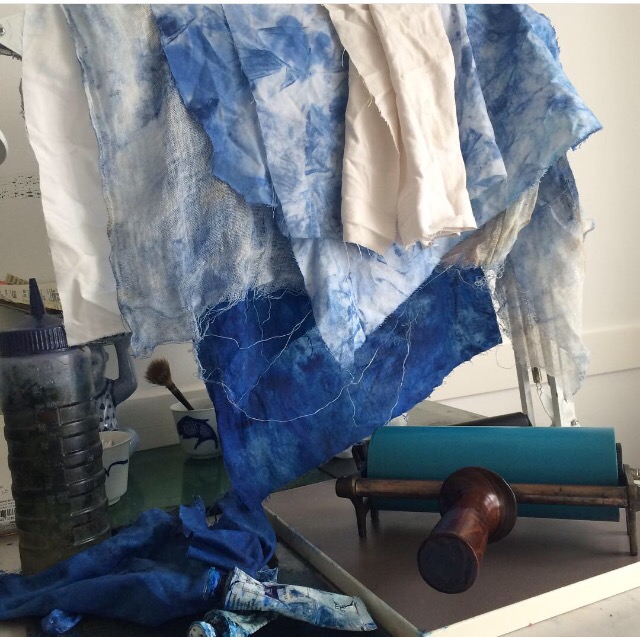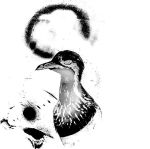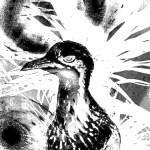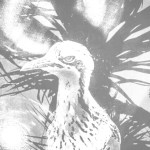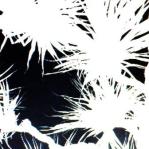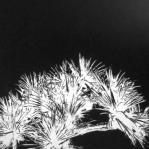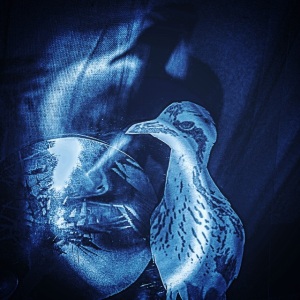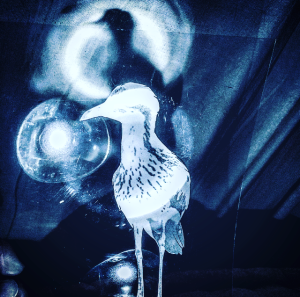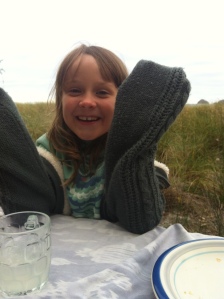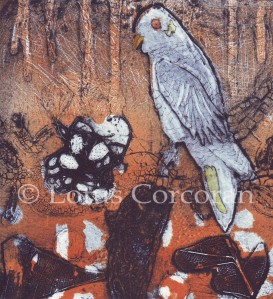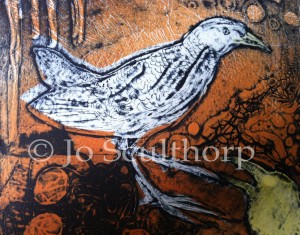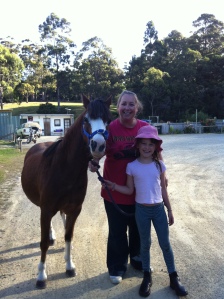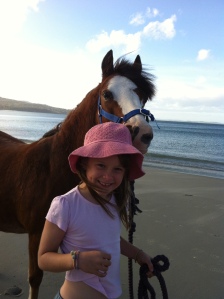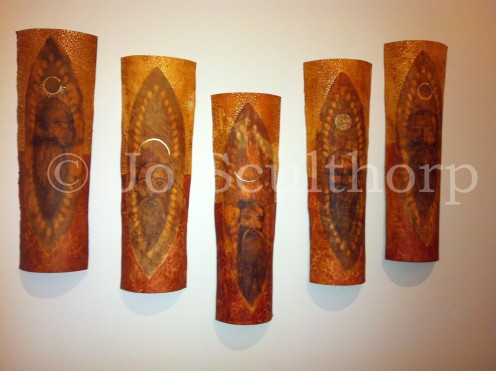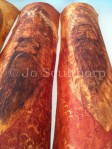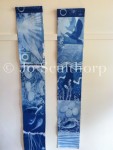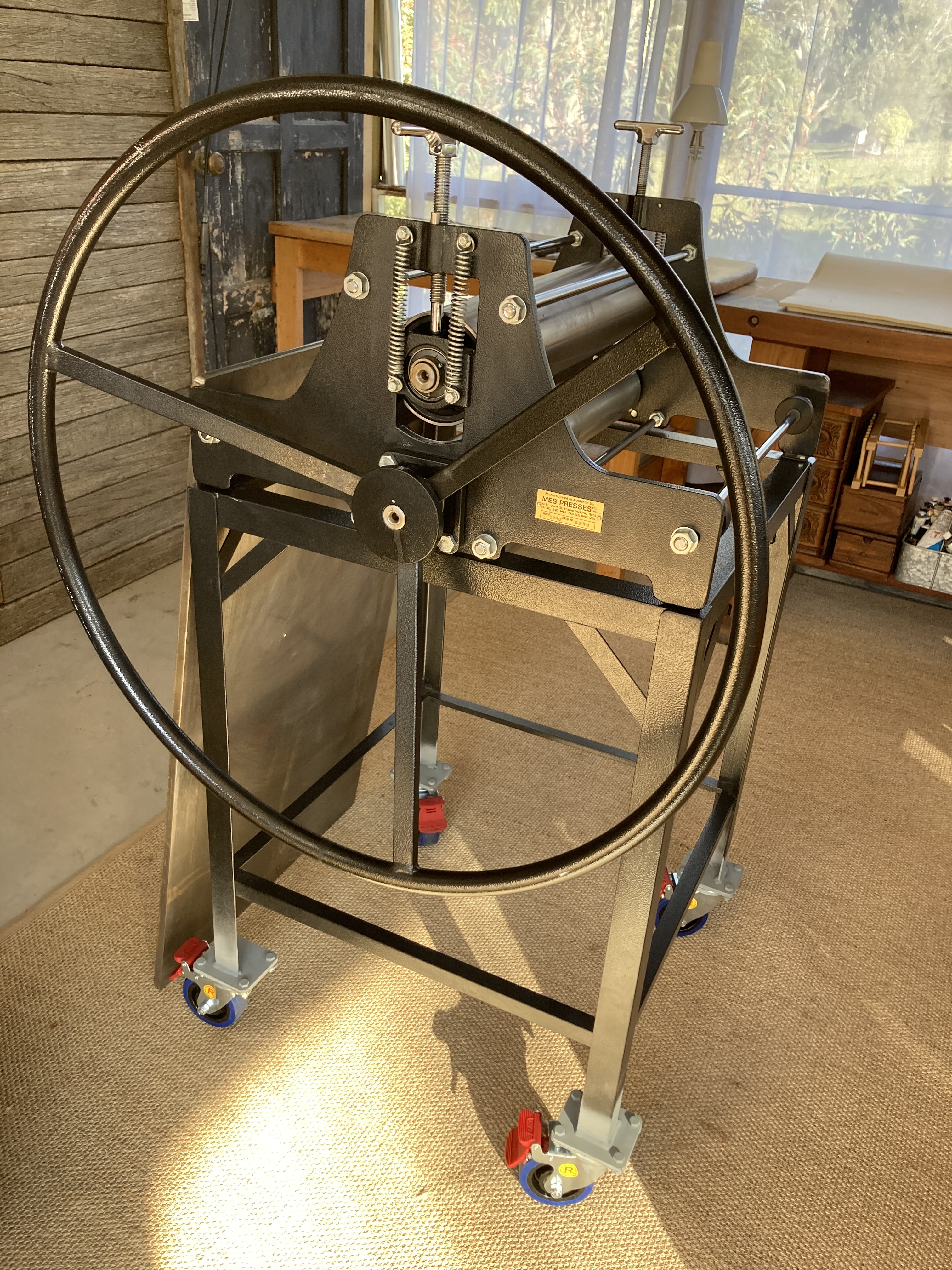
I just sold my beloved etching press & I feel like I sold a part of me.
This post is a bit personal but I want to start talking about infertility, especially to other women and men who are going through it. It’s usually a taboo topic.
A deep sadness in my life is the everlasting, permanent impact of infertility. My fertility was stolen from me by ovarian cancer when I was in my early 20s. Infertility brings deep disappointment & crippling grief …. & It’s a really strange kind of grief because you are grieving for a person that doesn’t exist & a life that will never be.
I’m a cancer survivor but the consequence of infertility rocked the foundations of my life as having kids & creating my own family unit was a path I wanted to tread. Family is the cornerstone of society. Without family, who are we ? Without family there are none of the usual milestones that mark our lives.. Without family, you are on your own solitary path through life.
To cushion this incredibly hard blow, I knew I had to find an an alternative route through life… so I embraced my art and printmaking. In my small home based printmaking studio, creating my art was my saviour and healer. When all my friends and family were having babies & raising families, art helped me through the grief and pain of infertility.
My studio space, sadly, no longer exists and my press, tools & inks are gone due to no longer having a home. Making art & my Printmaking is my alternative route through life and I miss it terribly. The consequences of infertility impacts my life deeply on a daily basis & I know I will have to sometime, somehow reinvent my studio space & resurrect my printmaking/art practice on a mobile & smaller scale to fit with my current transient life situation. Stay tuned.
“Art washes from the soul, the dust of every day life” Pablo Picasso
